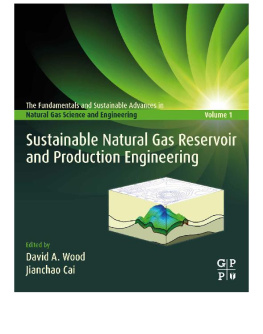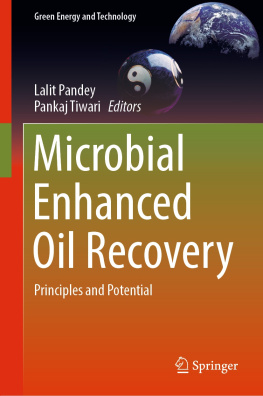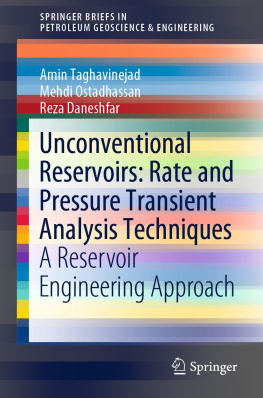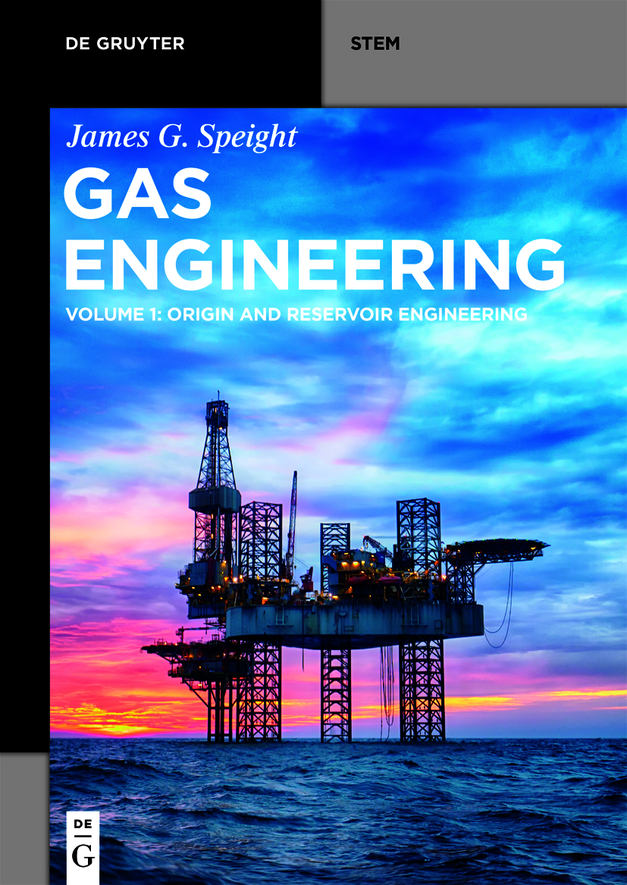The Deutsche Nationalbibliothek lists this publication in the Deutsche Nationalbibliografie; detailed bibliographic data are available on the Internet at http://dnb.dnb.de.
1.1 Introduction
Natural gas (also called marsh gas and swamp gas in older texts) is a gaseous fossil fuel that is found in gas-bearing formations and in oil-bearing formations coalbed methane is often referred to (incorrectly) as natural gas or as coal gas due to lack of standardization of the terminology ().
The term natural gas also includes gases and low-boiling liquids (often in the current context referred to as gas condensate or condensate) liquids from the recently developed shale formations ().
Thus, the terminology and definitions applied to natural gas (and, for that matter, to other gaseous products and gaseous fuels) are extremely important and have a profound influence on the manner by which the technical community and the public perceive a gaseous fuel. For the purposes of this book, natural gas and those products that are isolated from natural gas during recovery (such as natural gas liquids, gas condensate, and natural gasoline) are a necessary part of this text. In addition, gas in geopressurized zones, gas in tight formations (low-to-no permeability formations), and gas hydrates (which some observers prefer to categorize under the heading unconventional gas) are also (for the purposes of this book) included in the conventional gas group. Thus, the categorization of gaseous fuels is as follows listed alphabetically that than by occurrent or use:
Associated gas
Non-associated gas
Gas condensate (including natural gasoline and low-boiling naphtha)
Gas from geopressurized zones
Gas from tight formations (including shale gas)
Gas hydrates
Unconventional gas
Biogas
Coalbed methane
Coal gas
Flue gas
Landfill gas
Manufactured gas
Refinery gas
Synthesis gas (syngas)
An alternate categorization of these gases is based on (i) the source of the gas and (ii) the method of production of the gas which also has some relationship to the composition of the gas. Thus:
Coalbed methane
Landfill gas
Manufactured gas
Biogas
Coal gas
Flue gas
Refinery gas
Synthesis gas (syngas)
Landfill gas can be included in the unconventional gas category because, other than the burial of waste in the landfill, there are no external (manufacturing) forces that are used to produce the gas. However, to add confusion to this categorization, landfill gas is considered (by some observers) to fall into the biogas category. To mitigate any such confusion, it is recommended that a gas by categorized according to the source as well as method of production of the gas (as indicated above).
Nevertheless, whatever, the source or origin, natural gas and other fuel gases are vital components of the energy supply of the world and form a necessary supply chain for energy production:
reservoir gas wellhead gas
wellhead gas pre-treated gas
pre-treated gas pipelined (transported) to gas processing plant cleaned gas (methane)
cleaned gas (methane) transported/stored gas/sales gas
From a chemical standpoint, natural gas is a mixture of hydrocarbon compounds and non-hydrocarbon compounds with minor-to-substantial amounts of carbon dioxide (CO2), hydrogen sulfide (H2S), mercaptan derivative (RSH, also called thiol derivatives), and (on occasion) helium (He) ().
Table 1.1: General classification system for hydrocarbon derivatives.
| Hydrocarbons | | | |
|---|
| Non-cyclic (open-chain) compounds | Saturated | Paraffins/alkanes |
| Unsaturated | Alkene>C=C< |
| Unsaturated | Alkyne -CC |
| Cyclic (closed-chain or ring) compounds | Homocyclic | Alicyclic (non-aromatic) |
| Cycloalkene |
| Cycloalkyne |
| Aromatic benzenoid |
| Aromatic non-benzenoid |
| Heterocyclic |
Typically, in field operations (Chapters 4 and 5), the composition of natural the gas (which affects the specific gravity) can vary significantly because the product flowing out of the well can change with any variability in the production conditions as well as the change of pressure as the gas is removed from the reservoir (). When gas is removed from the reservoir, the constituents of the gas that were in the liquid phase under reservoir pressure reservoir can (will) revert to the gas phase as the reservoir pressure is reduced.
Thus, there is no guarantee that the natural gas from different sources even though the elemental analysis may be similar that the chemical composition of the gas will be the same. The composition varies depending on whether the gas is associated or non-associated with crude oil, or has or has not been processed in industrial plants. The basic composition includes methane, ethane, propane, and hydrocarbons with a heavier molecular weight (in smaller proportions). Normally it has low contaminant content, such as nitrogen, carbon dioxide, water, and sulfide derivatives. In fact, since the different gas supplies enter the natural gas system at different locations, the exact composition at any site will vary among the different regions. Furthermore, the system average heating value will depend on the mix of gas supplies and therefore can vary from the so-called typical values listed below. Hence the need for specifications for the gas that passes from the seller to the customer (Appendix C).
As a result, it should not be a surprise that at each stage of natural gas production (such as wellhead treating, transportation, and processing), analysis of the gas to determine the composition and properties by standard test methods is an essential part of the chemical and engineering aspects of natural gas including specification that must pass between the seller and the user (Appendix C). Use of analytical methods offers (). The data produced from the test methods are the criteria by means of which the suitability of the gas for use and the potential for interference with the environment.
Table 1.2: General aspects of gas processing.
| Feedstock | Intermediate product* | Final product | Use |
|---|
| Wellhead gas | Carbon dioxide removed
Hydrogen sulfide removed
Mercaptans removed |
| Pre-treated gas | CH4, methane
C2H6, ethane
C3H8, propane
C4H10, butane
C5H12+, pentane plus | Natural gas to consumer
Petrochemical feedstock
|









